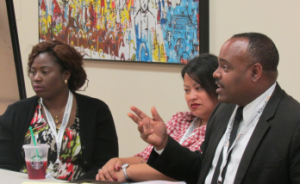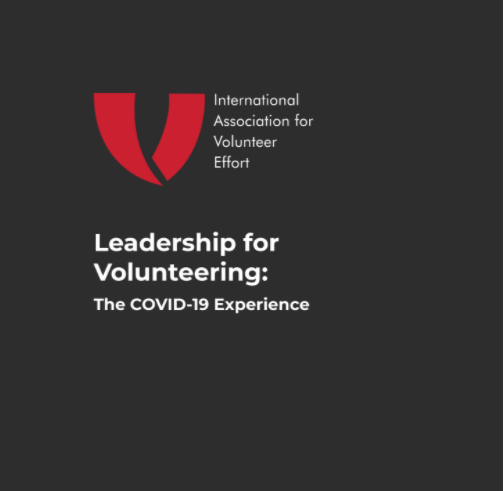In this post, Lucas Davies summarises key findings from Lisa Joyslin’s Engaging Volunteers from Diverse and Immigrant Communities. Joyslin’s report offers 8 key strategies for organisations to recruit for volunteers from diverse ethnic backgrounds.
Volunteer involving organisations, like other organisations, often struggle to achieve an ethnically diverse membership. There are several reasons for this. One reason is that volunteer organisations often informally recruit new members through existing members’ social networks. As most people’s social networks lack ethnic diversity, informal recruiting tends to skew the ethnic balance of the organisation in favour of its existing membership.
Another reason is that when formally recruiting for new volunteers, volunteer involving organisations, often use language that only resonates with people in the ethnic groups that already comprise most of their membership. For example, it is common for volunteer recruitment to emphasise the terms “volunteer” or “job experience.”
These terms have a long history of use in Anglo-Saxon communities, and usually mean something to people in those communities. However, in for people from some other ethnic communities, the term “volunteer” conjures images of office-holders in inflexible organisations. Terms like “helper,” or “supporter,” are often more meaningful to these people than “volunteer.”
Engaging volunteers from diverse and immigrant communities
A lack of diversity in a volunteer organisation is problematic. At a basic level, a lack of diversity suggests that the organisation is missing opportunities to engage skilled and talented people as volunteers. More fundamentally, however, a lack of diversity hinders an organisation’s ability to provide an effective service to the people it is trying to serve.
In her article Engaging Volunteers from Diverse and Immigrant Communities, Lisa Joyslin writes that “nonprofit organizations that serve diverse communities provide more culturally-relevant services when volunteers of diverse backgrounds are involved at all levels of the organization.” She notes that the question is not whether volunteer organisations can afford to engage with diverse communities—it is whether they can afford not to.
How can volunteer involving organisations engage with diverse ethnic communities?

Members of MAVA’s Inclusive Civic Volunteerism Task Force. Photo reference: Engaging Volunteers from Diverse and Immigrant Communities Report.
There are various actions that volunteer organisations can take to recruit volunteers from diverse ethnic communities. One option is to find out what events people from diverse ethnic communities attend that take place in the community (like farmers’ markets and festivals), and then to develop an organisational presence at those events (like setting up a stall). According to Joyslin, this strategy is most effective when an organisation maintains a presence at the same events over several years.
Another effective action is to recruit a cultural liaison officer from within an underrepresented ethnic community. Liaison officers usually have social capital within their communities, and often have opportunities to informally recruit people from their communities into volunteering roles. Further, liaison officers can advise their organisations on what formal recruitment strategies are likely to be successful among their communities, and about how to implement those strategies in a culturally sensitive way.
Yet another action that an organisation can take is to be creative in the language that it uses in its formal recruitment efforts. Joyslin notes that this does not mean that organisations must eliminate the term “volunteer” from their websites. However, it does mean that they should try to describe their volunteer roles in a variety of ways, so that people from different backgrounds are not put off by any associations they have with the word “volunteer.”

Lucas Davies is writing a series of blogs posts and articles for Volunteering New Zealand, with a focus on research articles. In 2016, he completed his Bachelor of Laws and has since worked in the field of public and immigration law. Lucas enjoys reading, dancing, chess, and a good debate with his friends over the bar table.
Reference: Lisa Joyslin Engaging Volunteers from Diverse and Immigrant Communities (MAVA Minnesota Association for Volunteer Administration, published online on January 2018). This report is based upon research completed between January 1 and December 31, 2017. The report author is Lisa Joyslin, Inclusive Volunteerism Program Manager with MAVA.
VNZ Migrant resources and further information:






About The Author: Michelle Kitney
Chief Executive, Volunteering New Zealand
More posts by Michelle Kitney